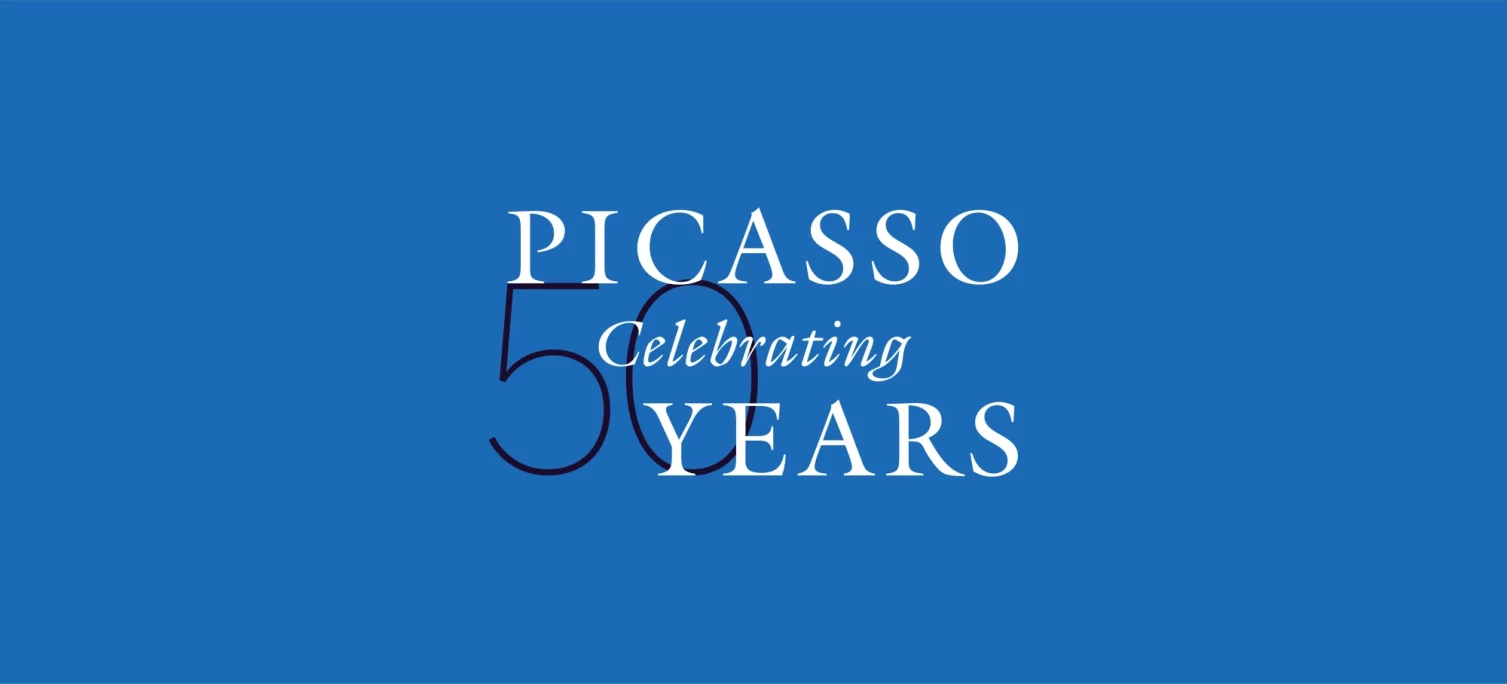"T oday, I think it’s quite extraordinary to see how much Picasso is still part of what’s happening in the contemporary art world - he’s still the number one reference point. And I think he would be very happy with that. He never wanted to be just a museum piece. He wanted to be part of life.
In the last years of his life, he was watching TV a lot, which he didn’t do much of earlier and he would make little sculptures of football players. Football on television had become more prevalent in the 1960s, so he started making representations of those footballers. And although he wasn’t a football fan, he loved how they moved about and how football on TV had become the focus of attention. He was always reacting to what was around him.

And I think that was because he was such a versatile creator. If he was alive today, he would have taken in what was happening around him and given some answers. He himself was always attacking his work through so many different mediums. We know that in almost everything he touched, he managed to do things no one else could.
'He invented so many techniques, just by trying out things and because he had this sort of magic, it came out as fabulous and exciting and new'
For example, I remember he would say to the people who fabricated his ceramics, oh, do you think I could do this, or that? And they would reply, oh - no, that won’t work, you can’t do this or that, they will break. But he would say, well, I’ll just try anyway. And of course, it would work. It's the same with his engravings. He invented so many techniques, just by trying out things and because he had this sort of magic, it came out as fabulous and exciting and new.

But while we all recall Picasso as being the greatest painter of the 20th century, he’s also the greatest sculptor of the 20th century. This year in Spain, there are two shows about his sculpture, which I think are very important. Picasso: Matière et Corps will be in Malaga (8 May 2023 to 10 September) then moving onto Bilbao (29 September 2023 to 14 January 2024). I think it’s important to see these works within the context of his body of work but also if you generally like sculpture and you want to see a Picasso show. It’s really vital and important, as he invented so much. And when he made sculptures, he would sometimes incorporate those ideas later, in his paintings and drawings.

I think his sculptures have been historically overshadowed by his paintings, so I am glad to have the opportunity to send people to go and see the sculptures! They will discover what a master he was in that field and how he covered every ground, which people don’t really talk about. That’s maybe a good thing, otherwise you would spend your days talking about Picasso – which, still, is pretty much what’s happening!
'His drawings are so vital to understanding him... You can better understand his way of reflecting and creating by looking at his drawings'
The other show, which is important, is his drawing show at the Centre Pompidou in Paris (Picasso: 2023 Drawings 19 October 2023 - 22 January 2024). His drawings are so vital to understanding him, I think. In a way, it makes him more – not approachable, exactly - but you can better understand his way of reflecting and creating by looking at his drawings.

His drawings can be very simple – usually when you think of them, you’re thinking of his line drawings which are very simple and extraordinary. He can evoke so much with just one line, but there are also some works on paper which are extremely detailed and either black and white or colour, so that’s also a show which will be exciting. Even though having 2,023 drawings might be a bit much maybe! But then, I think it’s such a rich theme, it’s hard not to put a lot of them all in. I wouldn’t want to have to do it myself!"








